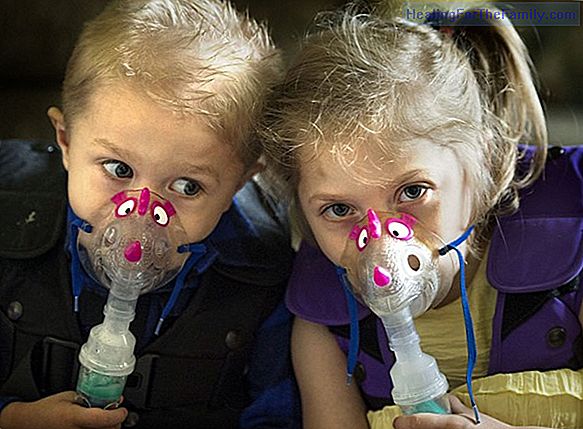The 6-week breastfeeding crisis
Of the four possible breastfeeding crises that can occur, the second one arrives around 6 weeks. That is, a month and a half after the birth (approximately). This breastfeeding crisis comes with some specific characteristics. We explain what the main symptoms of the 6-week breastfeeding crisis are a
Of the four possible breastfeeding crises that can occur, the second one arrives around 6 weeks. That is, a month and a half after the birth (approximately).
This breastfeeding crisis comes with some specific characteristics. We explain what the main symptoms of the 6-week breastfeeding crisis are and what you can do to continue satisfactorily with breastfeeding despite this 'break'.
Symptoms of the 6-week breastfeeding crisis

The breastfeeding crisis occurs when the baby suddenly rejects the breast, with no apparent explanation. The mother sees this signal as a rejection of her milk, and on many occasions she gets scared when she thinks that maybe she is not producing enough milk or that her milk does not satisfy her son. But this is just a false alarm.
One of those breastfeeding crises occurs at 6 weeks (the first breastfeeding crisis can reach 3 weeks). On this occasion, the milk changes flavor. This alters some babies, accustomed to another taste of breast milk.
This change of flavor in some cases alters the behavior of the baby- Therefore, the main symptoms of the crisis of breastfeeding of 6 weeks are:
- The baby gets angry, cries more than usual when you put the breast .
- When suckling, the baby clings tightly to the nipple, pulls the nipple, is annoyed.
In any of these cases, the mother may think that the baby can not get enough milk, but it is not so. You just have to give it time to get used to the new taste of milk. It is a temporary crisis, it will end up happening in a few days, and it does not have to jeopardize the success of breastfeeding.












